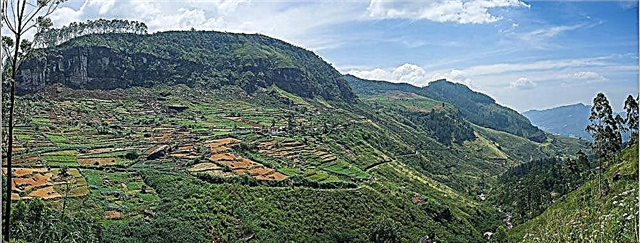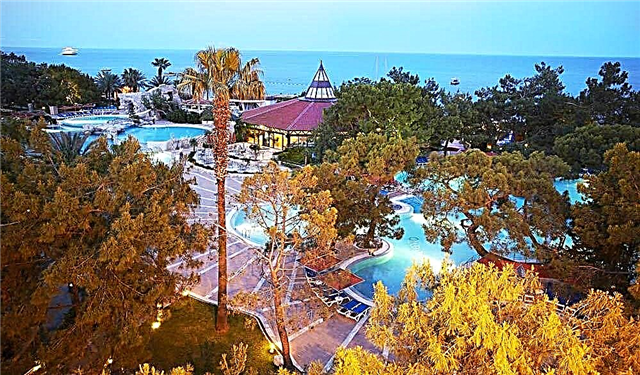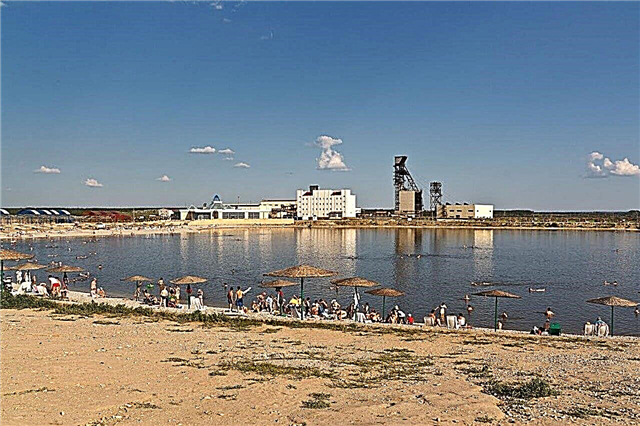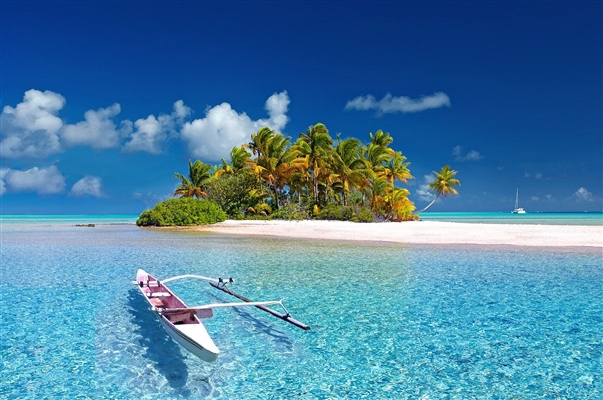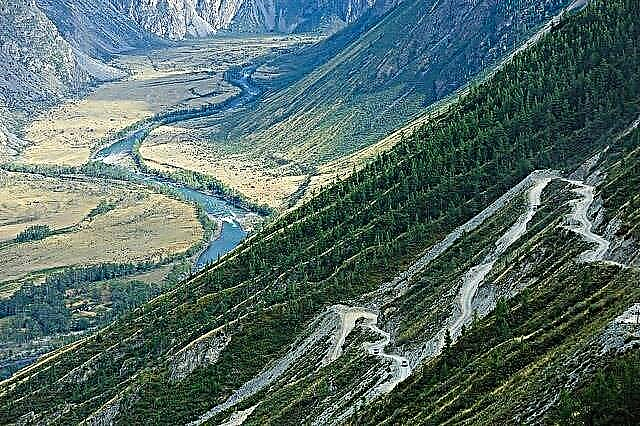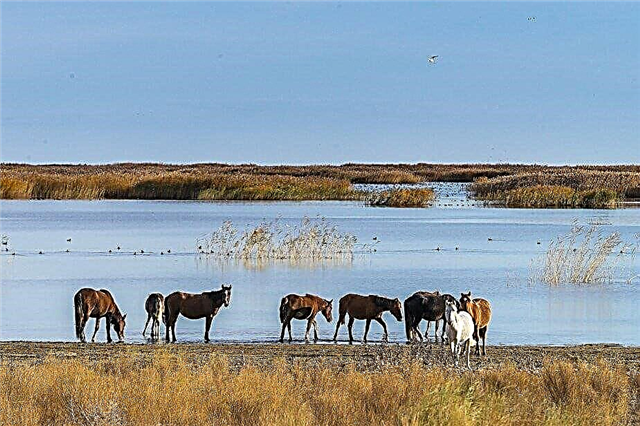The nature of Kazakhstan is not limited to steppe complexes, as many are accustomed to believe. Wetland systems are developed on the territory of the country, there are mountain ranges and different types of landscapes. Some of them, during the time of improper nature management, were on the verge of destruction. To preserve local features, protected areas have been created in Kazakhstan since the first half of the last century.
The first was the Aksu-Zhabaglinsky reserve, where the typical for the country species of flora and fauna were collected. The Ustyurt reserve helps to preserve the deserts, and the Naurzum reserve helps to preserve different types of steppes. Ecotourism in Kazakhstan is underdeveloped. There are special rules of conduct in the buffer zones, but travelers are not limited in movement and can see all the natural beauties.
The best reserves in Kazakhstan
The most interesting and beautiful protected places. List, photos with titles and descriptions!
Aksu-Zhabaglinsky
The very first nature reserve established in the country was founded in 1926. It is located in the south of Kazakhstan and covers an area of almost 132 thousand hectares. The territory symbol is Greig's tulip. This flower is actively exported. The flora numbers over 1,700 species. The endangered snow leopard and two endemic species - a subspecies of the mountain sheep argali and the Talas marmot - stand out from the rare representatives of the fauna.

Almaty
The reserve appeared on maps in 1931. Belongs to the territory of the Zailiyskiy Alatau ridge. The area is about 72 thousand hectares. There is a division into altitude zones. The first one stretches from the forest-steppe to a height of 1600 meters and is covered with deciduous forests. The second is limited to an elevation of 2800 meters and is dominated by conifers. The next level is mostly alpine meadows. Glaciers and bare rocks begin above 3500 meters. The river network is well developed, there are many lakes.

Naurzum
It was founded in 1931, but it was closed for 15 years, until 1966. The area is more than 191 thousand hectares. The territory of the reserve is divided into three zones. Naurzum - systems of lakes, pine forest on aeolian sands, different types of steppes. Sipsyn - swampy lakes, peg forest, mixed grass and sandy grass steppes and dry meadows. Tersek - pine forest, mainly fescue-feather grass steppes, the valley of the Dana-Bike river.

Barsakelmesky
Occupies more than 160 thousand hectares from the Kyzylorda region. Date of creation - 1939. The reserve is divided into two cluster areas: Barsakelmes and Kaskakulan. The only reserve on the territory of the CIS, located in the zone of ecological disaster. All due to the decline in the level of the Aral Sea. Extreme environmental conditions allow researchers to observe the accelerated processes of evolution and climate change.

Korgalzhyn
Created in 1968. It currently covers an area of more than 543 thousand hectares. From the reserve to the capital, only 130 km. The main value of the territory is wetlands. Dalmatian pelicans, white-headed duck and flamingos live here. There are both fresh and salt water bodies. The local lake Tengiz is part of an international network of unique lakes. The reserve is included in the UNESCO World Heritage List.

Markakolsky
It was formed in 1976 in the vicinity of the lake of the same name. The area is almost 103 thousand hectares. Natural areas replace each other. The spectrum is wide: from steppes to stony tundra and alpine meadows. The flora is diverse - about 700 plant species. Among the fauna species there are rare ones, for example, the snow leopard and the American mink. The waters of Lake Markakol are not very rich in fish, but you can catch lenok, gudgeon or char.

Ustyurt
Located in the Mangystau region. It was formed in 1984 to protect the Ustyurt plateau and its northern deserts. The area of the territory is more than 223 thousand hectares. There are several types of soil in the reserve, therefore the flora is diverse - 263 species. In the past, cheetahs lived in this area, but became extinct in the 1960s. Instead of them, leopards appeared, their number of paca is small. In Ustyurt, there is only one species of amphibians - the green toad.

West Altai
Located in the east of the country. The area is over 86 thousand hectares. The purpose of the creation of the reserve in 1992 is to protect the biogeocenoses of the Altai mountain system. The ridges are not too high here. The granite remnants of Lineyskiy protein are recognized as a geological monument. The river network is developed, and water bodies are fed mainly by melted snow. The largest raised bog in the region, Gulbische, is located in the West Altai.

Alakolsky
An area of 65.5 thousand hectares became a nature reserve in 1998. The main protection zones are concentrated in the Tentek River delta and on the islands of Lake Alakol. The staff of the reserve are engaged in the restoration of the population of relict gulls, creating favorable living conditions for them. In the buffer zone, not only fishing is prohibited, but also the parking of boats. Since 2013, Alakolsky has been included in the UNESCO Network of Biosphere Reserves.

Karatau
It was established in 2004 on an area of 34.3 thousand hectares. Located in the central part of the Karatau ridge. There are many rivers and seasonal streams on the slopes of the hill. Three deserts approach the reserve. Over the past century, the composition of the fauna has changed a lot. The extinction of species and the decline in populations are the main reasons for the establishment of the reserve. The flora has not been fully studied, but 76 endemics have already been identified.


